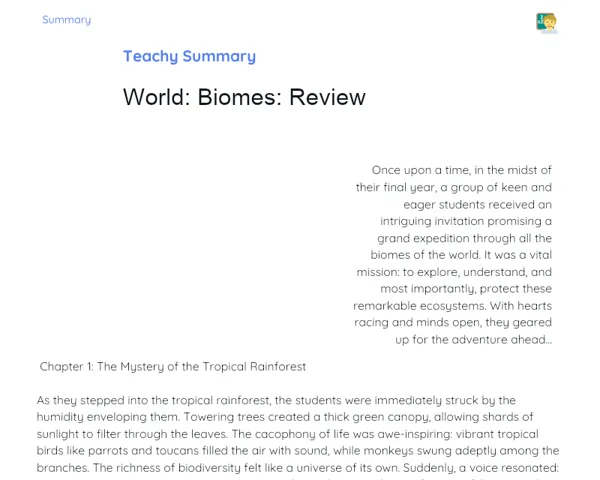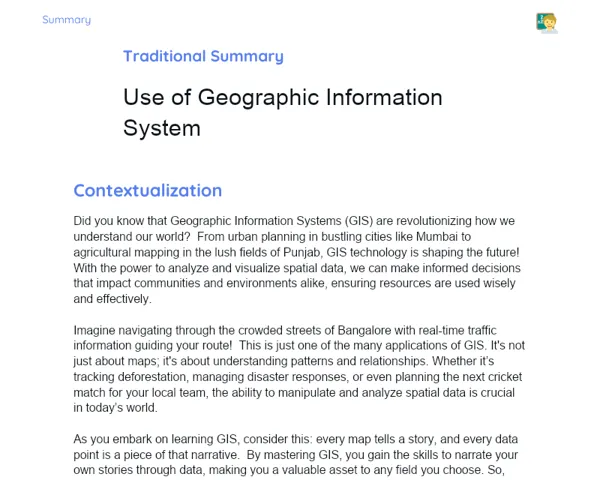Goals
1. Understand how the day-night cycle impacts daily social activities.
2. Identify various activities that typically happen during the day and night.
3. Connect specific times with essential activities such as school, work, and sleep.
Contextualization
From time immemorial, people have structured their daily lives around the natural rhythm of day and night. We leverage daylight for studies, work, and various tasks, while night time is usually reserved for rest and rejuvenation. For example, healthcare professionals like doctors and nurses work in shifts to provide round-the-clock service in hospitals. In transportation, bus drivers and airline pilots follow strict schedules to ensure both safety and punctuality. Grasping this relationship is crucial for effective time management.
Subject Relevance
To Remember!
Day-Night Cycle
The day-night cycle is a natural occurrence stemming from the Earth’s rotation on its axis. This rotation allows different areas of the Earth to receive sunlight at various times, creating cycles of light (day) and darkness (night).
-
The Earth completes one full rotation in approximately 24 hours.
-
The day-night cycle affects the behavior of all living beings, including humans, plants, and animals.
-
Daylight is crucial for many activities, while night is generally a time for rest.
School and Business Hours
School and business operations are tailored to the day-night cycle to make the best use of natural light and enhance productivity. Schools function primarily during the day while businesses might have diverse hours, including night shifts in certain fields.
-
Educational institutions schedule their activities during the day to take advantage of natural light.
-
Businesses often extend their hours, with some shops and services operating late into the night.
-
The organization of school and business hours seeks to strike a balance between productivity and downtime.
Daily Routine and Time Management
People's daily schedules are arranged around the day-night cycle, incorporating times for both work and rest. Good time management is essential to ensure that we complete all necessary tasks while respecting the hours set aside for work, study, and sleep.
-
A typical daily routine includes planned activities for the morning, afternoon, and evening.
-
Proper time organization aids in balancing various life aspects such as work, study, and leisure.
-
Honoring the day-night cycle is key to sustaining a healthy and productive lifestyle.
Practical Applications
-
Healthcare workers, such as doctors and nurses, operate in shifts to maintain 24-hour hospital services.
-
In the transport sector, bus drivers and airline pilots adhere to strict timetables to ensure safety and punctuality.
-
Security and surveillance firms function at night to safeguard properties and ensure public safety.
Key Terms
-
Day-Night Cycle: The natural alternation between periods of light (day) and darkness (night) caused by the Earth's rotation.
-
School Hours: Designated times during which educational activities take place.
-
Business Hours: Periods when commercial operations and services are conducted.
-
Daily Routine: A sequence of regularly occurring activities throughout the day, encompassing work, study, and rest.
-
Time Management: The process of planning and organizing daily activities to ensure efficiency and balance across different life aspects.
Questions for Reflections
-
How does the structure of the day-night cycle influence your daily routine, and what can you do to better optimize your time?
-
Which current activities could you adjust to align more effectively with the day-night cycle?
-
In what ways can an understanding of the day-night cycle inform your career choices and influence how you plan your professional activities?
Drawing Your Day-Night Cycle
Illustrate your own day-night cycle, showcasing the activities you engage in at different times of the day.
Instructions
-
Take a sheet of paper and divide it into three sections: 'Morning', 'Afternoon', and 'Evening'.
-
In the 'Morning' section, depict or jot down the activities you typically do during this part of the day.
-
Repeat this for the 'Afternoon' and 'Evening' sections.
-
Feel free to use different colors, stickers, or illustrations to make your representation visually appealing.
-
Once completed, reflect on how you can reorganize your activities to better utilize the day-night cycle.



